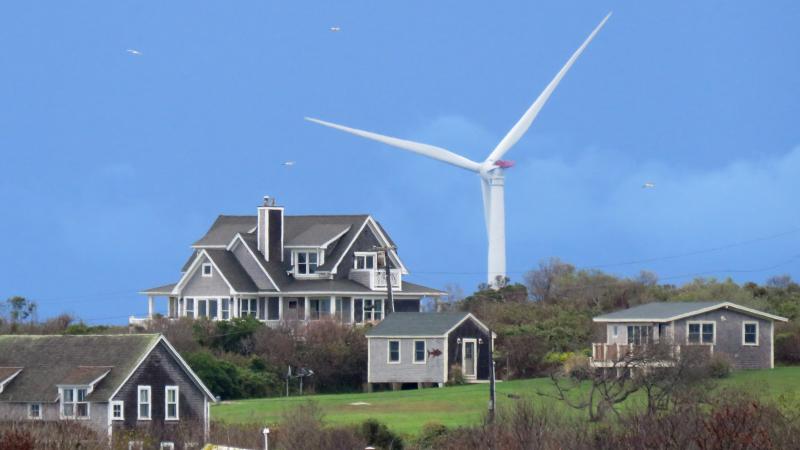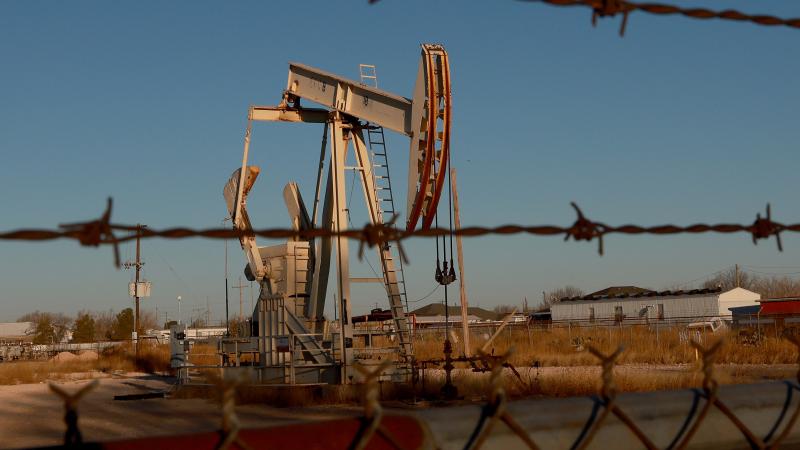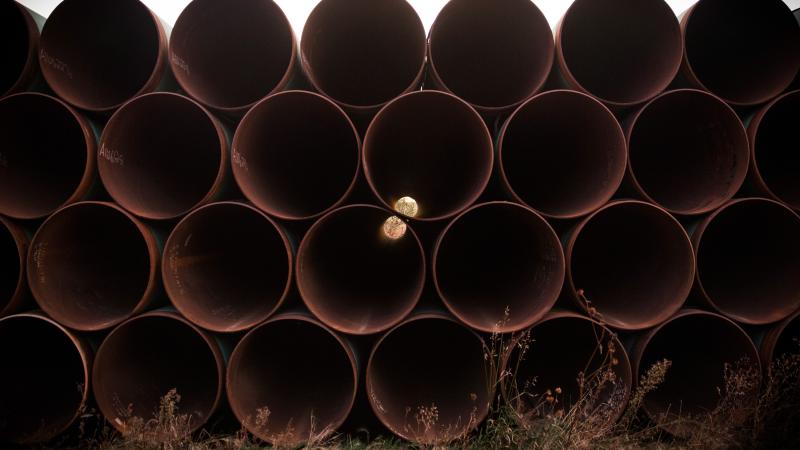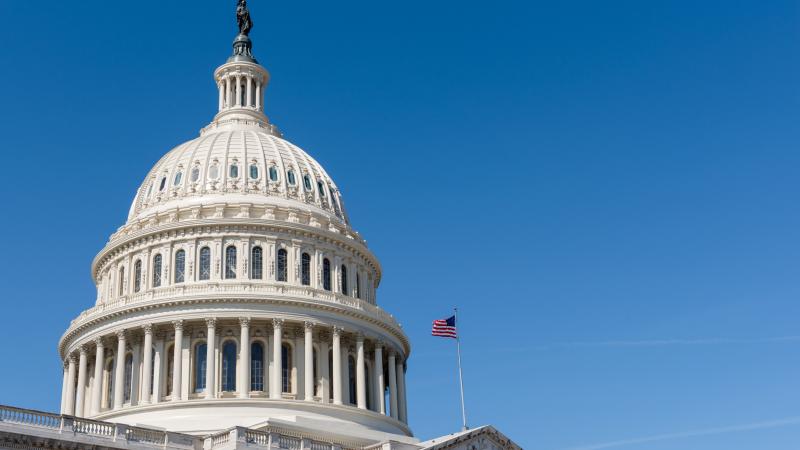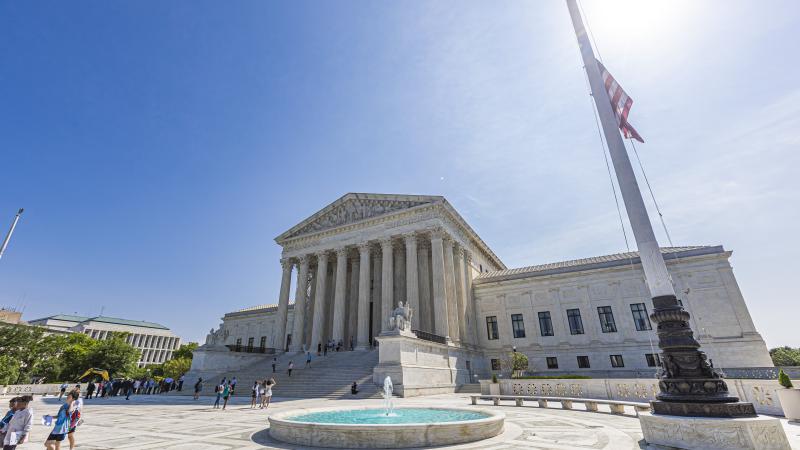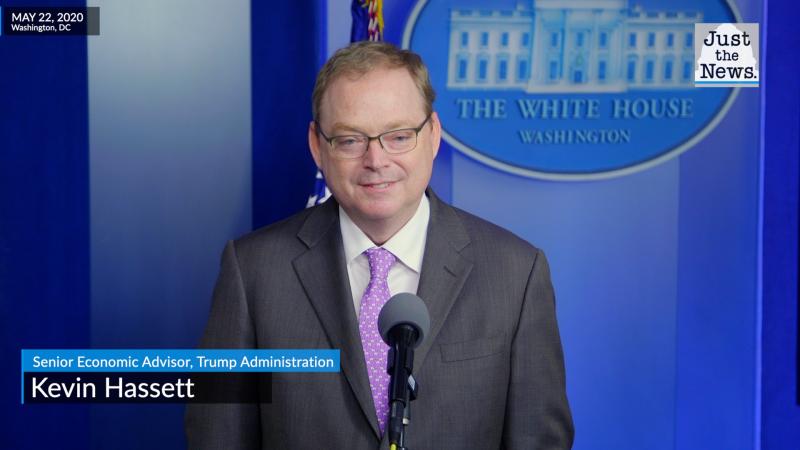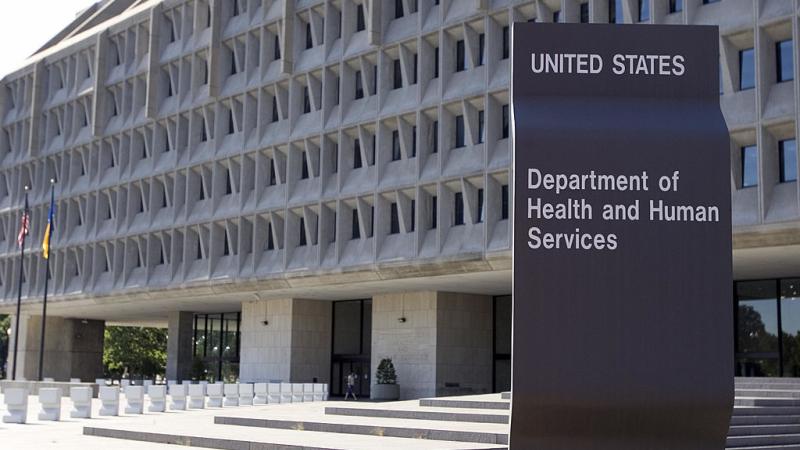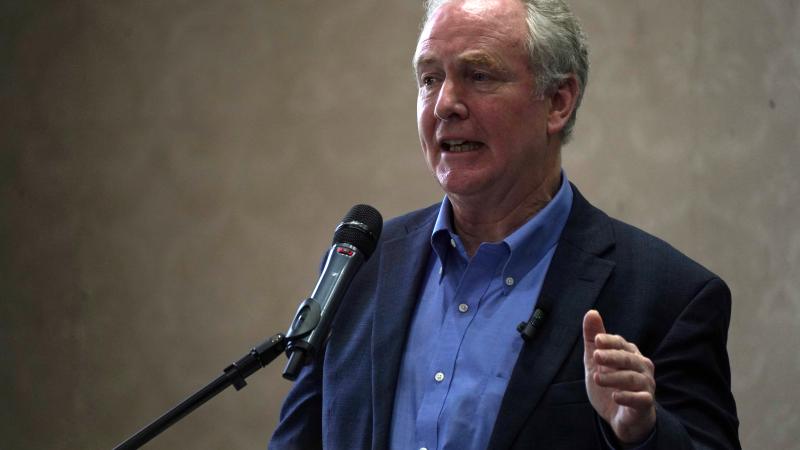Automakers, drunk on EV mandates, may have Biden hangover with Trump zeroing in on the rules
Now, the automakers, who were already losing billions on EVs, could be in more trouble, depending on how much EV sales were buoyed by the mandates the automakers were counting on.
Automakers have been backtracking on their EV goals over the past year as consumer interest failed to keep up with the vision automakers had. That vision appears to have been born from the idea that if the federal government mandated people drive electric cars, then people would buy them.
Not only did consumers rebel against this EV future, they voted for a candidate who had vowed throughout his campaign to end the Biden-Harris administration’s EV mandate. On Monday, President Donald Trump made good on the promise, signing the “Unleashing American Energy” executive order. Among other things, it eliminates the EV mandate in order to “promote true consumer choice.”
Now, the automakers, who were already losing billions on EVs, could be in more trouble, depending on how much EV sales were buoyed by the mandates the automakers were counting on.
“I think the EV mistake has basically crippled the U.S. automotive industry, and unless there are bailouts, I can’t see these guys surviving,” Jack Lifton, executive chairman of the Critical Minerals Institute told Just the News.
Scaling back
Trump’s order revokes a non-binding goal Biden had set in 2021 to make half of all new cars sold to be electric by 2030. In order to block the EPA’s tailpipe emissions standards, which by some estimates would require 66% of all new cars sold in the U.S. to be electric by 2032, Trump would have to work with the EPA to rewrite its rules. Either that or Congress could legislate the rule away.
While most consumers still want gas-powered cars, EV adoption rates continued to climb last year. According to Cox Automotive’s Kelley Blue Book, EV sales jumped 15.2% year over year in the last quarter of 2024, and full-year EV sales reached 1.3 million, an increase of 7.3% in 2023.
Automakers, however, had expected sales volumes to be much higher, and when they weren’t keeping pace, they began realigning their EV targets with what consumers appear to want. Ford had planned to invest 40% of its capital budget in electric vehicle lines, but in August, that was brought down to 30%. The company also scrapped plans for a three-row electric SUV.
General Motors had planned to sell only zero-emission vehicles by 2035. Last July, the company said it was pushing back the opening of an EV manufacturing plant in Michigan to mid-2026, and pausing plans for an electric line in its Buick brand. Stellantis also scaled back its EV targets last fall and temporarily suspended production of an EV Fiat 500 due to sluggish demand.
Meanwhile, the automakers have also been losing billions on their EV bet. Ford, which separates its EV business from other parts of the company, lost $3.7 billion in the first three quarters of 2024. General Motors expects to narrow its losses on EVs this year by $2 billion to $4 billion.
All-electric Rivian lost $75,563 on every EV it sold in the third quarter, rivaling the $58,391 that Ford lost for each EV it sold, according to energy expert Robert Bryce. Despite these losses, Bryce reports, the Department of Energy Loans Program Office gave the carmaker a $6.57 billion loan guarantee.
All electric Tesla saw its net income rise in the third quarter of 2024 to nearly $2.17 billion, or 62 cents a share, up from $1.85 billion, or 53 cents a share, a year ago. However, Politico reports that the automaker earned $10.7 billion over 10 years selling credits from government climate programs designed to encourage automakers to switch to EVs. This funding stream accounted for 33% of the company’s profits. If Congress repeals the program, that could impact Tesla’s profits considerably.
Still profitable
Bryce told Just the News that, while the losses on EVs suggest automakers are having serious financial problems, they remain profitable as a result of the revenues from sales of their gas-powered vehicles. Ford, for example, reported net income of $896 million for the third quarter of 2024, or 22 cents per share, and it forecast year-end $10 billion in adjusted earnings before interest and taxes.
Bryce said it’s too soon to know how Trump’s executive orders will impact the industry.
Lifton, who has decades of experience in the auto manufacturing sector, acknowledged that some have called his claims of an automaker collapse “crazy” because the industry is profitable. He explains that his prediction is based on what happens if the automakers face limited or expensive financing options.
By his estimation, investment in EVs in the U.S. to date has been $146 billion. Ford, for example, invested billions in a battery plant in Michigan, which has faced local opposition as well as complications over the involvement of a Chinese company the Pentagon blacklisted earlier this month.
“On their balance sheet it shows a billion-dollar investment. In fact, it’s a loss. The plant’s never going to be built. They’re preparing the site, they spend a billion,” Lifton said.
The automotive industry is the largest user of cash in the world, he explained. It takes $3 billion from the time they design a vehicle to the time they start production.
“Their working capital is astronomical,” he said, but they aren’t the largest return on capital.
"It’s a mess"
The problem, he said, will come when they go to the bank to finance new production of internal-combustion engine vehicles, after dropping $146 billion on EVs that don’t get produced.
“The banks are going to say, ‘But you don't have any collateral. You've used it all up on all these dead plants,” Lifton said.
The banks will either deny the lending, or they’ll raise interest rates, Lifton predicts. On a $100 billion loan, 7% interest is a considerable hit, when automakers might have previously received financing at 1% or 2%.
“So it's a mess. My prediction is you're going to see the retirement of the management of both Ford and General Motors in the next couple of years. They fell for the government trying to manipulate the market. It didn't work,” Lifton said.
The EPA’s regulations still stand, and repealing them won’t be as easy as signing an executive order. Likewise, there are many state-level incentives and regulations, which could prop up consumer interest in EVs.
What is certain is that a 100% EV adoption rate won’t likely be realized for decades, if ever. Realigning to what car buyers want, as opposed to what the Biden-Harris administration wanted, is going to be costly for the automakers.
The Facts Inside Our Reporter's Notebook
Links
- consumers rebel against this EV future
- Unleashing American Energy
- Critical Minerals Institute
- a non-binding goal Biden had set
- EPAâs tailpipe emissions standards
- According to Cox Automotiveâs Kelley Blue Book,
- brought down to 30%
- scrapped plans
- sell only zero-emission vehicles by 2035
- pausing plans for an electric line in its Buick brand
- emporarily suspended production
- lost $3.7 billion
- narrow its losses on EVs
- according to energy expert Robert Bryce
- Politico reports
- forecast year-end $10 billion in adjusted earnings
- decades of experience in the auto manufacturing sector
- faced local opposition
- Pentagon blacklisted
- state-level incentives and regulations

